A New Addition to the CCC Literature Pyramid
 In my mind’s eye, the canon of Civilian Conservation Corps literature is arrayed in the shape of a pyramid with the broad-based scholarly treatments forming the base and the more detailed individual accounts of the work of the CCC stacking up to create the successive levels of the pyramid until it rises to a single representative personal narrative. I suspect that if each of us has our own “CCC Literature Pyramid” then each is slightly different, but for me the base is formed by John Salmond’s The Civilian Conservation Corps and Neil Maher’s Nature’s New Deal and the rising layers formed by Perry Merrill’s Roosevelt’s Forest Army, Kathy Mays-Smith’s Gold Medal CCC Company, and so forth, rising upward to that single account that epitomizes the CCC story.
In my mind’s eye, the canon of Civilian Conservation Corps literature is arrayed in the shape of a pyramid with the broad-based scholarly treatments forming the base and the more detailed individual accounts of the work of the CCC stacking up to create the successive levels of the pyramid until it rises to a single representative personal narrative. I suspect that if each of us has our own “CCC Literature Pyramid” then each is slightly different, but for me the base is formed by John Salmond’s The Civilian Conservation Corps and Neil Maher’s Nature’s New Deal and the rising layers formed by Perry Merrill’s Roosevelt’s Forest Army, Kathy Mays-Smith’s Gold Medal CCC Company, and so forth, rising upward to that single account that epitomizes the CCC story.
If you’ve stuck with me thus far, I thank you, because I do have a point. First, I want to get the notion of the CCC canon of literature and the pyramid concept out there for consideration. Second, the fact that a book about the CCC at Grand Canyon occupies the pinnacle of my CCC Literature Pyramid makes the most recently released CCC history offering all the more exciting and interesting because we now have a broad based history of the work of the CCC at Grand Canyon National Park thanks to retired National Park Service Ranger Robert Audretsch.
Shaping the Park and Saving the Boys will become one of those building blocks in the CCC literature pyramid that serves to strengthen the larger canon of knowledge while also providing an important focus on CCC work at a specific location – and what location could be more noteworthy than Grand Canyon National Park?
Robert Audretsch has uncovered some new mysteries even as he shines a light on previously unknown facts about the CCC and its work at Grand Canyon. While touching on aspects of the CCC that are well known and widely covered by previous authors and historians, Audretsch also delves deeply into the details of project work at one of the crown jewels in the National Park system. Shaping the Park and Saving the Boys has a useful combination of scholarly research and popular writing style that make it a book to read for pleasure and retain for research. Granted, some readers may lament the inclusion of so much data from the routine camp inspection reports and similar government documents, but those of us who’ve spent any time at all researching or even thinking about the CCC, know that in many instances, these government reports are all that remain to connect us to the hard, valuable work done nearly eight decades ago. Where else is an author to turn when the boys who performed the work are leaving us at an ever increasing rate? (Bear in mind that CCC enrollees were, on average, older than their younger draftee and enlistee comrades who served in the war that ultimately killed the CCC.)
If a balanced, engaging narrative style and a robust research and reference component aren’t enough to recommend Shaping the Park and Saving the Boys, add the fact that Audretsch has included a collection of photos and illustrations that are second to none and the book has something for everyone. While a few of the photos have appeared elsewhere in other books and articles on the CCC, it is likely that many of the photos are appearing in print publication for the first time and they haven’t been included merely to serve as window dressing to the narrative. Audretsch uses many of the illustrations to support observations and conclusions made in the text; a technique that may be the only method we have one day when all the living participants to the story are gone and the last primary source material is uncovered. Readers will marvel at the image of CCC Director Fechner sitting astride a Grand Canyon mule, shudder at the notion of climbing to the precarious tip top of a CCC built tree tower, and ponder the images of mixed race CCC squads working and posing together at Grand Canyon in an era when Jim Crow held sway throughout so much of this land.
Going forward, as the canon of CCC literature grows, we’re likely to find in each new offering that what was old will be new again, over and over and over. Each new book will, of necessity, recite the important background of the CCC and then move on to carefully uncover some unknown or long forgotten aspects of specific CCC work in one state or locale. The better offerings will include more coverage of the site specific history, perhaps at the risk of leaving newcomers in the dark regarding details of the broader CCC program. Shaping the Park and Saving the Boys succeeds in large part because it strikes a good balance between what is old – the broader history of the CCC as a New Deal Program – and what is new – those tantalizing, heretofore unknown or forgotten details of day-to-day Civilian Conservation Corps work at Grand Canyon. Casual readers will enjoy the book both as a primer on the New Deal’s most popular program, and as a portrait of CCC life at Grand Canyon, while researchers will find themselves returning to its pages again and again for useful nuggets in the text as well as within the footnotes.


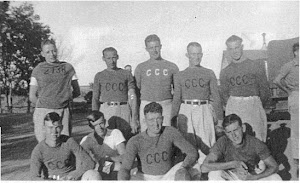

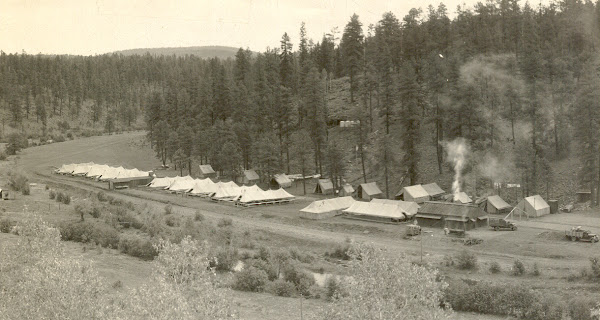
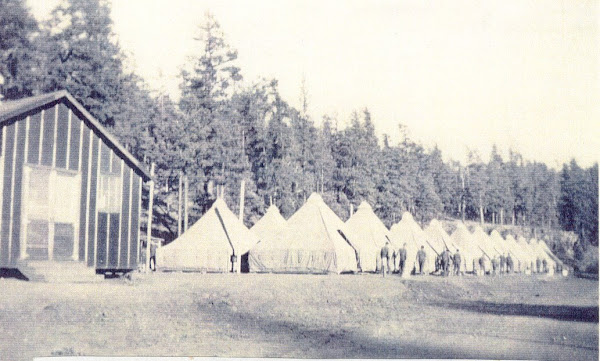
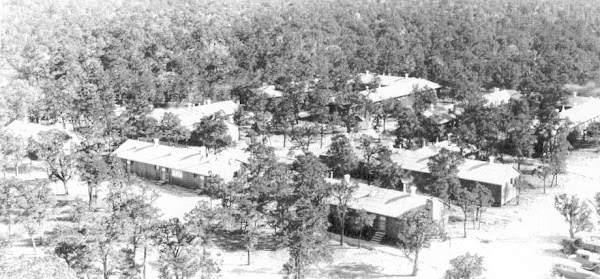
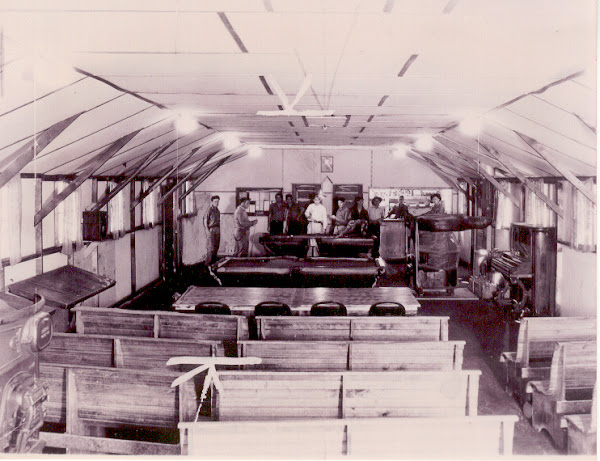
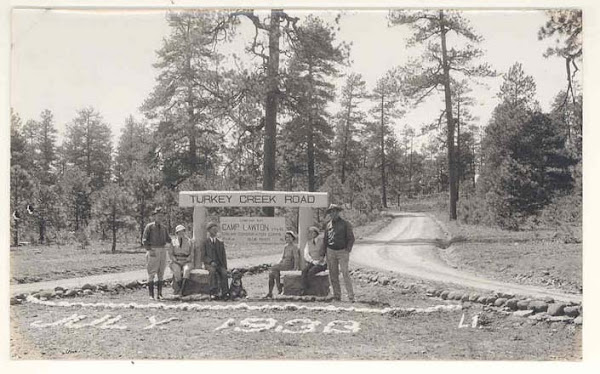
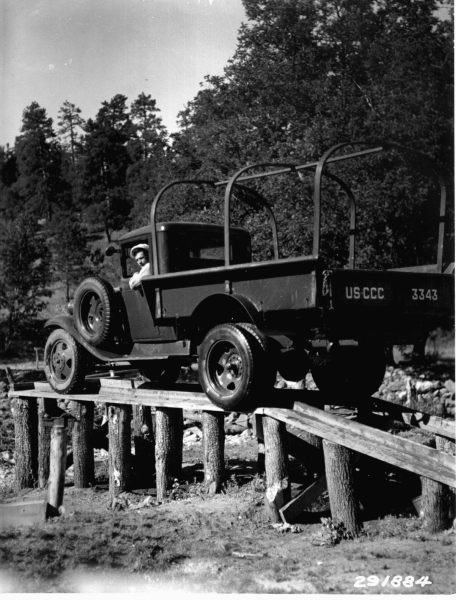
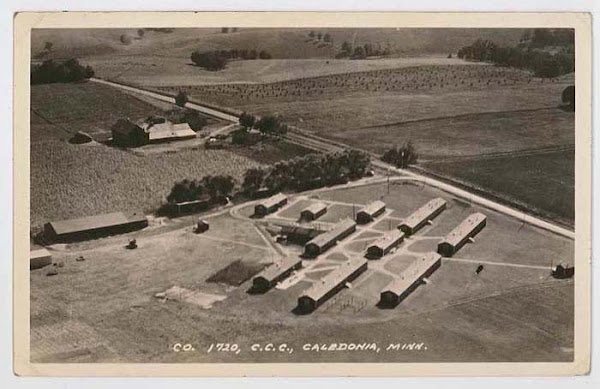
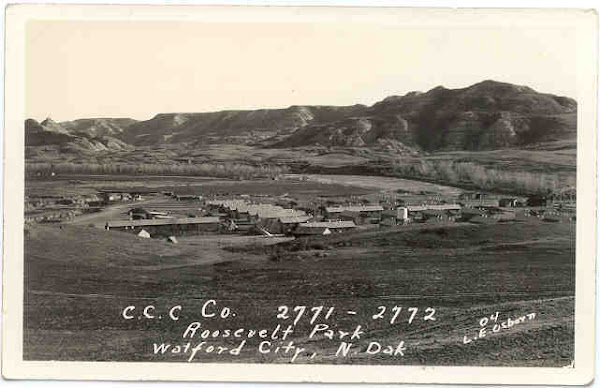
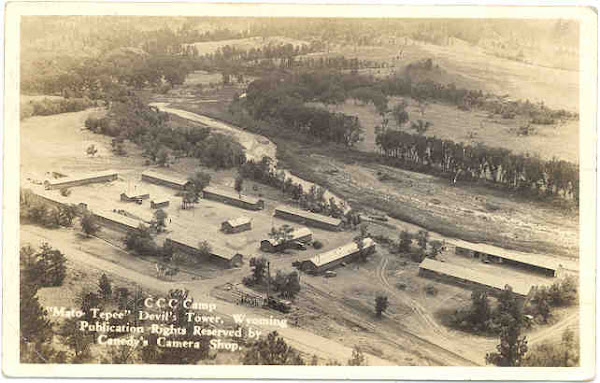
No comments:
Post a Comment